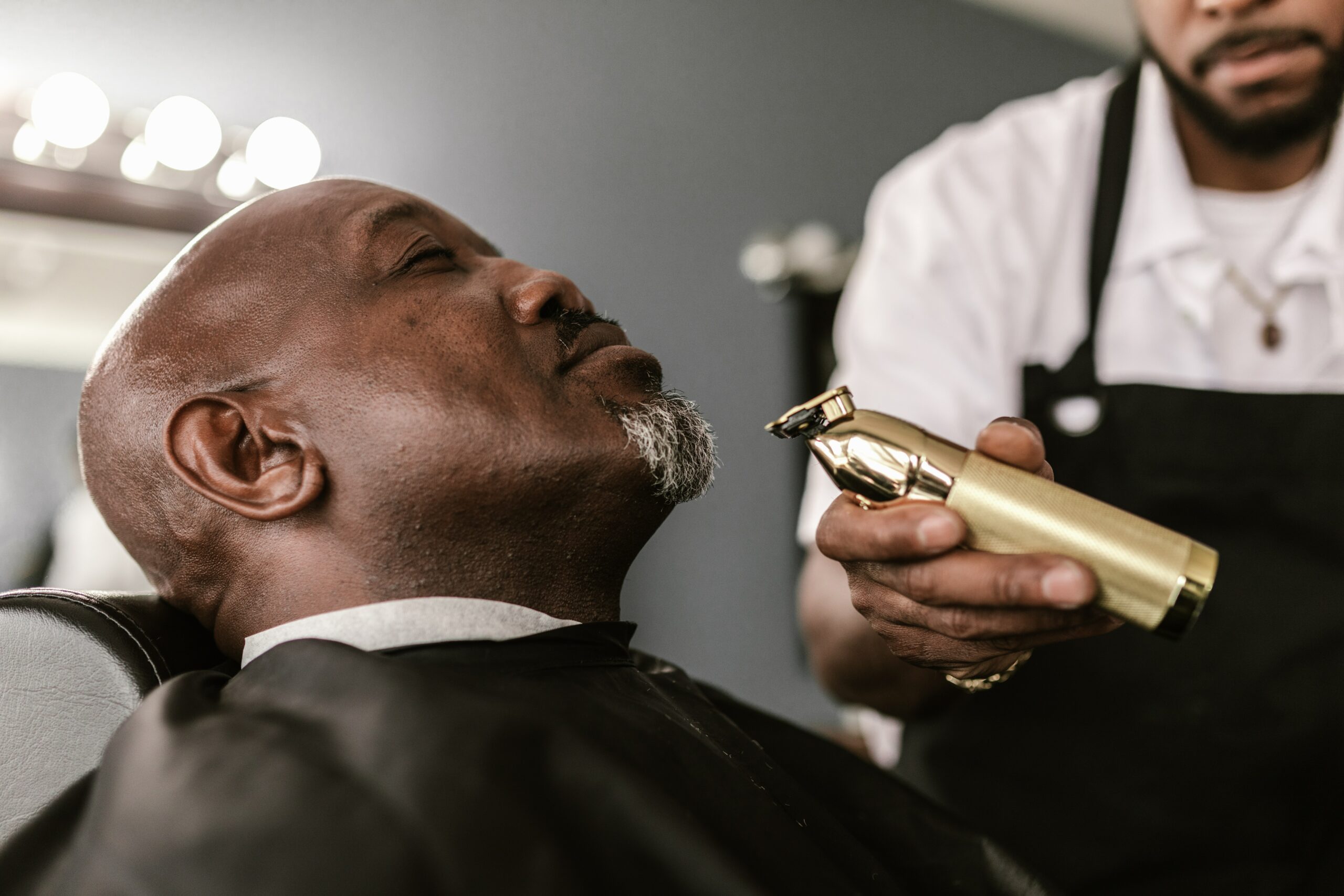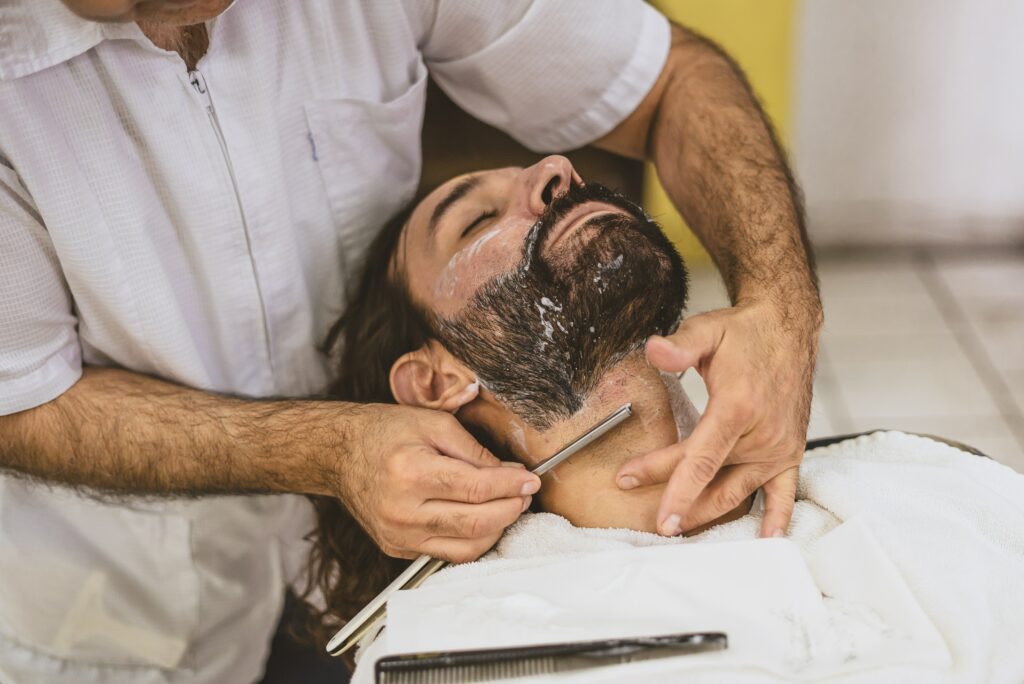
Have you ever noticed bumps on your face after shaving? If so, perhaps you’ve heard of razor bumps and assumed that’s what those little ingrown hair-like cysts were. But were they razor bumps? And what do razor bumps look like on the face?
Razor bumps look like small ingrown hair cysts. They may vary in color depending on a person’s skin tone. Typically, razor bumps are raised and irritated. The skin bump may look red, pink, or a darkened color. Sometimes, they become infected and may look yellow or whitish in the center.
So how do you know if you truly have razor bumps? Moreover, what can you do if it looks like razor bumps on your face? Keep reading if you or someone you know has had these facial bumps and you want to know more.
Razor bumps is the name of a skin problem that shows up on the face and neck after shaving. Usually, these bumps are small. Razor bumps typically measure only 2 to 5 mm in diameter.
If you notice bumps on your face, you can look closely at the face with a mirror. The small cysts will appear near hair roots. Watch for signs of irritation at the hair root. Signs of razor bumps on the face can include:
Facial hairs cut with sharp edges, like a razor blade, can grow back into the skin. As a result, a shiny hump or cyst forms on the face. They are also called shave bumps or barber’s bumps.
Men with coarse or tightly curled hair see razor bumps more often. This hair type grows easily back into the skin after shaving. More than half of African American men have had this condition.
Only a licensed physician can diagnose razor bumps. If you have signs of these barber bumps and they don't go away, it's best to talk to a doctor.
The medical term for razor bumps is Pseudofolliculitis Barbae. Traumatic folliculitis of the beard is another name for it, even though razor bumps can appear in other body parts. The condition is caused by shaving. Hence the name, razor bumps.
Bad shaving habits can worsen razor bumps. For example, pulling the skin tightly or pressing on the razor while shaving can cause hairs to be cut too short. It can aggravate razor bumps. Also, using dull razor blades can cause trauma to the skin. They pull the hair shaft during shaving, which can worsen razor bumps.
Also, men who suffer from razor bumps find that shaving too frequently makes matters worse. If you suspect you have razor bumps on the face, you should avoid shaving the affected area until it is healed.

You can do several things if you think you have razor bumps. Some you can do at home by yourself. Others may require you to see a doctor.
The easiest and most effective way to treat razor bumps is to stop the cause of the problem. Yes, you guessed it. That means to stop shaving. Allowing facial hair to grow freely can stop the irritation. According to the American Osteopathic College of Dermatology, letting a beard grow naturally is a 100% effective treatment.
Another solution is to train the hair. Some doctors recommend brushing facial hair to encourage it to grow a certain way. Doing so may decrease razor bumps.
A beard brush can help tame unruly hairs. Starting near the ears and brushing down toward the chin in smooth strokes can encourage hairs to grow out straight. Men should brush face hair at least once a day.
The third solution for razor bumps on your face is to try changing up your shaving routine. Try different products or methods to reduce bumps.
Softening the hairs before shaving in the shower or with a hot wet towel on the face helps. Men can also look for lubricating shave gels or try an electric razor. Different methods can help lessen bumps.
If you try these at-home solutions but still have a hard time with razor bumps, then it might be time to talk to a doctor.
So now you know how to prevent bothersome bumps on your face and how to tell if you’re dealing with razor bumps. The ingrown hair-like cysts on their face can vary slightly from person to person. Still, razor bumps are usually swollen, discolored, and bothersome.
If you are still unsure you have razor bumps on your face and want to talk to an expert, go ahead and chat with us to find out more about Razorbumps, Inc. We have top board-certified physicians available to see and treat your skin problem by video appointment now. To find out more, click BOOK APPOINTMENT.
Disclaimer: The contents of this article are for informational purposes only and do not constitute medical advice. The information, graphics, and images on this site are not intended to substitute diagnosis or treatment by a medical professional. Always seek the advice of a licensed physician for any questions you may have regarding a specific condition.